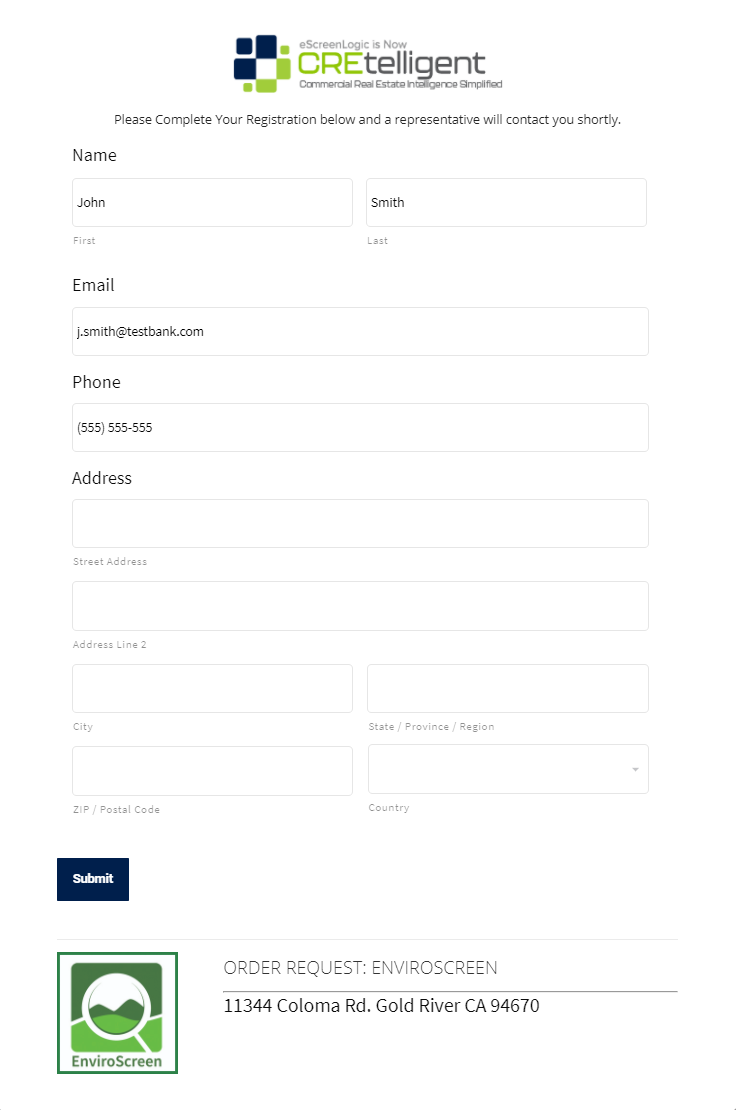Forget Something?
When was the last time you updated your Environmental Policy?
 Did you have to look at your calendar, and you’re still not sure?
Did you have to look at your calendar, and you’re still not sure?
Hey, we get it. Meeting today’s environmental policy standards in the current climate is only one item on your huge list of high-priority “to do’s” vying for your attention.
We know your immediate focus is likely the second wave funding for the Payment Protection Program, but we can help. How? With an Environmental Policy Review.
Wouldn’t You Love to Have the Peace of Mind an Environmental Policy Review Will Give You?
You need the fastest, most efficient way to evaluate your Environmental Policies on an annual basis. That’s one of our sweet spots. We can provide you with information about how the industry is reacting to recent changes in the lending climate and update you about emerging environmental concerns. This will arm you with a framework allowing you to breeze through the environmental policy review during your next regulatory examination.
And speaking of regulations. Lending institutions are required to monitor conditions in the real estate lending market ensuring that their lending policies continue to be appropriate for current market conditions. The commercial real estate market is entering a new normal and CREtelligent is here to give you a hand with your lending decisions, so you can remain fully compliant and competitive in the market.
What Best Practices Can You Implement Right Away?
Community lenders often evaluate their internal policies on an annual basis, making adjustments based on a review of the previous year resulting in lessons learned, which are then applied to plans for the upcoming year. This is an excellent practice that I’ve seen in action with my clients who have avoided disaster by evaluating their Environmental Policy.
The truth of the matter is that lenders may have expected the CRE demand to decrease; however, some institutions experienced a slight increase in demand. It’s a tough balancing act to manage the increased demand with the need to leverage existing resources to fulfill the PPP, while maintaining a sound environmental process. That’s truly a tall order.
One bank I spoke to this past year didn’t expect to write many CRE loans after March 1st, but when they encountered a dramatically different reality they had to pivot. They took this opportunity to re-evaluate their environmental policy thresholds and implement a process with a greater emphasis on the risk of the industry and the property. The result? Realizing an incredible time savings benefit, allowing them to close lower risk loans faster and at a lower cost to the borrower. Order filled.
Another lender I’ve been working with had a heightened concern about their borrower’s cash flow due to the pandemic and other uncertainties, so they implemented additional due diligence into their underwriting. The addition of just that step alone gave them details for potential property and building risk, including a prioritization of anything requiring immediate, intermediate, and long-term maintenance or replacement. The benefit? It allowed the bank to make sounder lending decisions while reducing potential risk of default/foreclosure.
How Can You Turn That Foreclosure Frown Upside Down?
We know volume is going to increase on servicing loans that are in foreclosure. Being proactive is the key to turning that foreclosure frown upside down. If you review the foreclosure section of your Environmental Policy, you won’t have any of the bad kinds of surprises.
Balancing concern about higher value loans, property conditions, your borrower’s ability to pay, and unforeseeable expenditures is possible. Instead of preparing for the worst and hoping for the best, our proactive approach will help you cut down on potential losses. Investing thousands of dollars on multiple, unforeseen environmental investigations on a foreclosure is avoidable by reviewing the foreclosure section of your Environmental Policy.
Appeasing the regulators is why most lending institutions update their policy, but you’re not most lending institutions. You like to get ahead of the curve, so now is the time to ensure your policy adheres to your unique and fluid risk tolerance that adapts to changes in macro and micro socioeconomics. Ultimately, this will support your lender’s mission to look out for the best interests of your borrowers and community.
There’s no time like the present to plan for ‘the new norm” and while you’re at it, checking off those all-important regulatory requirement boxes before the regulators arrive.

 Did you have to look at your calendar, and you’re still not sure?
Did you have to look at your calendar, and you’re still not sure?






